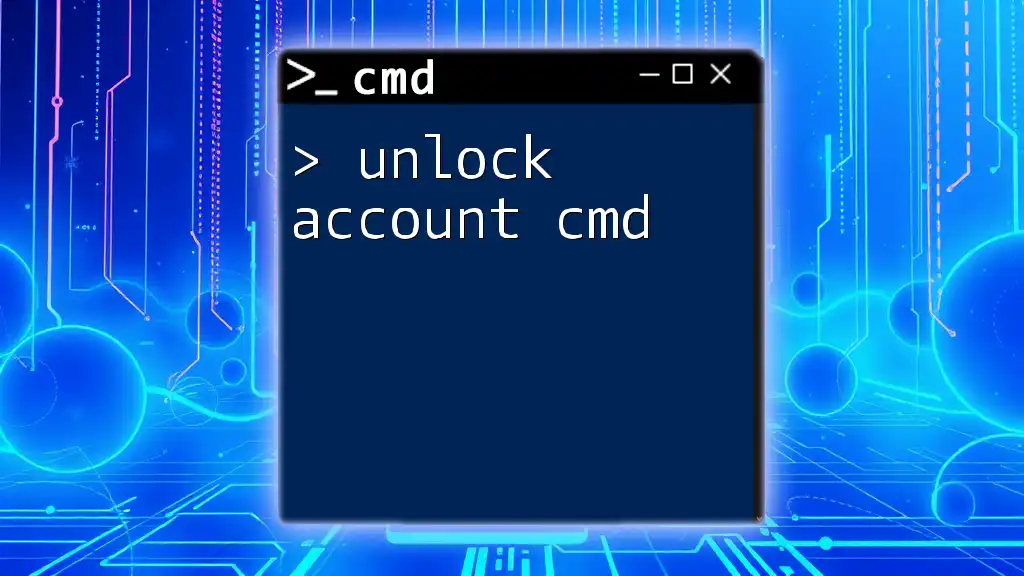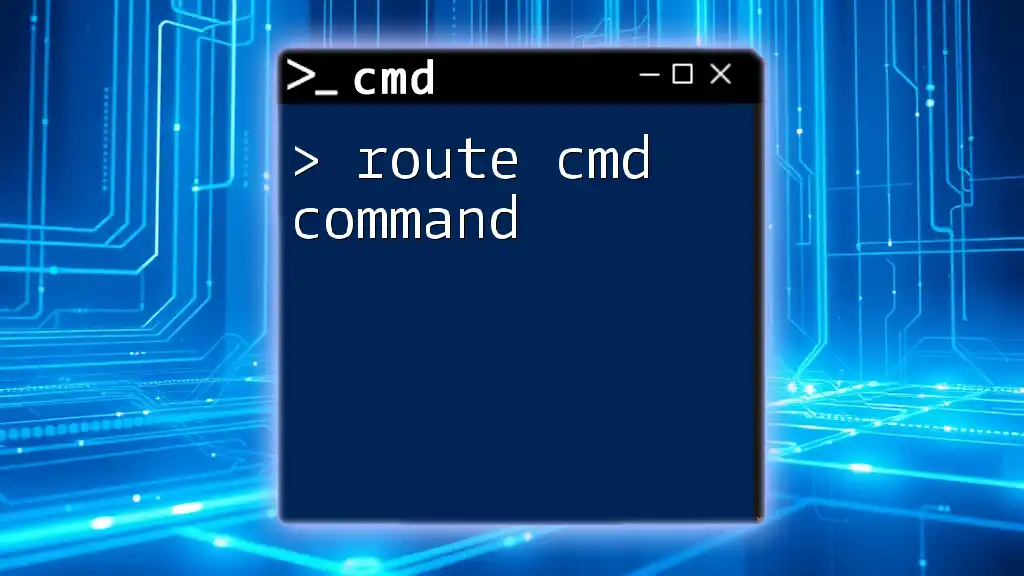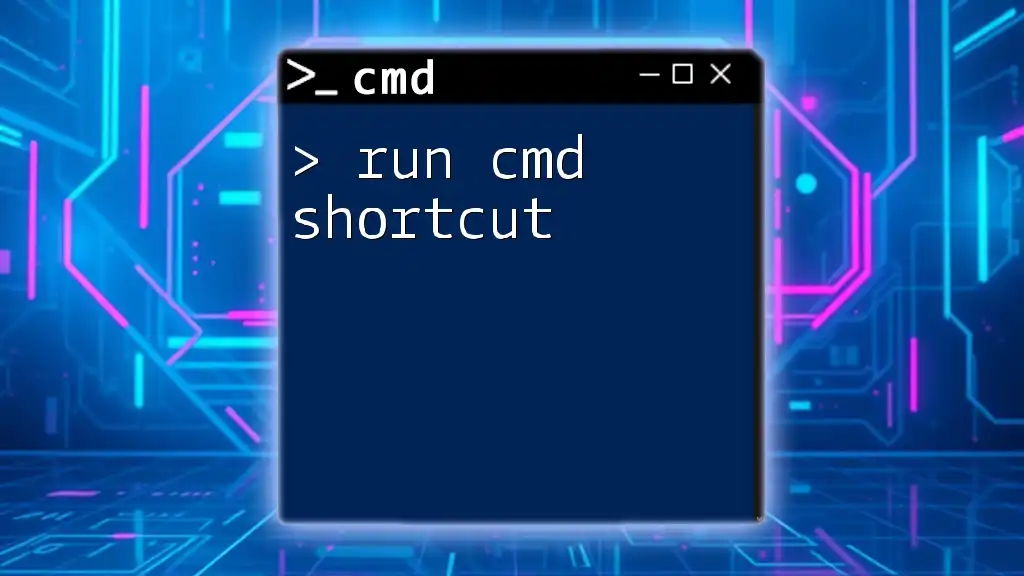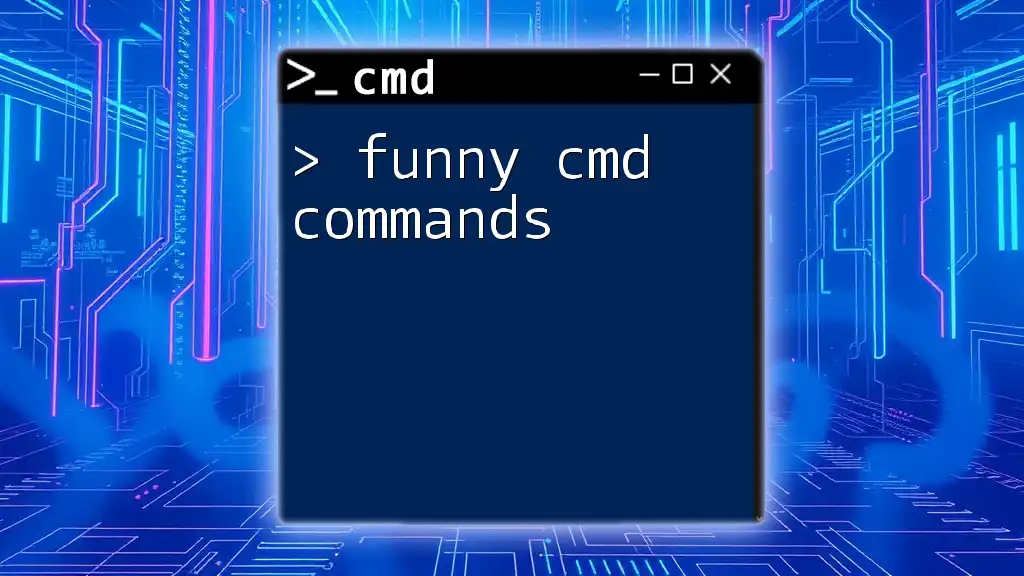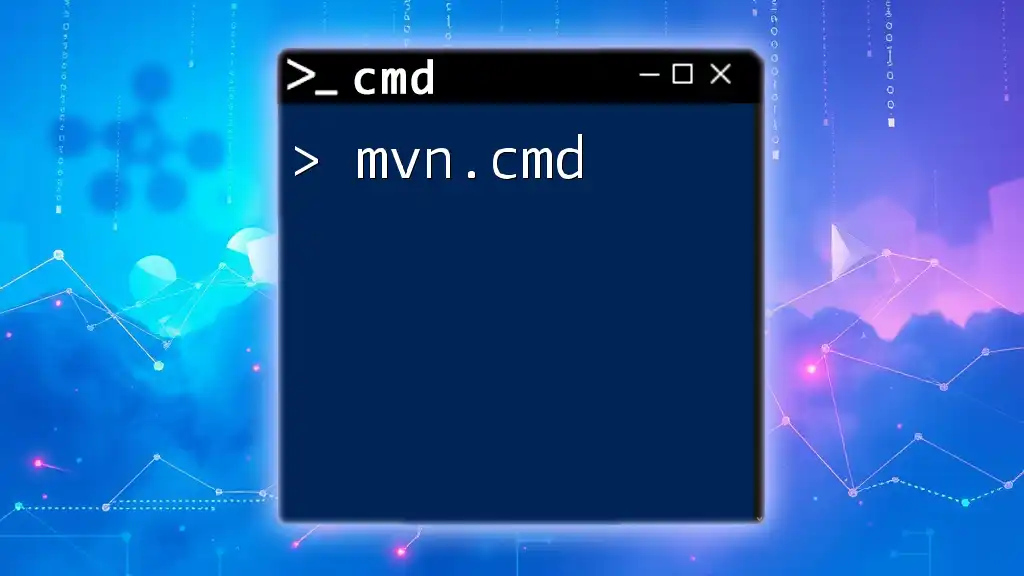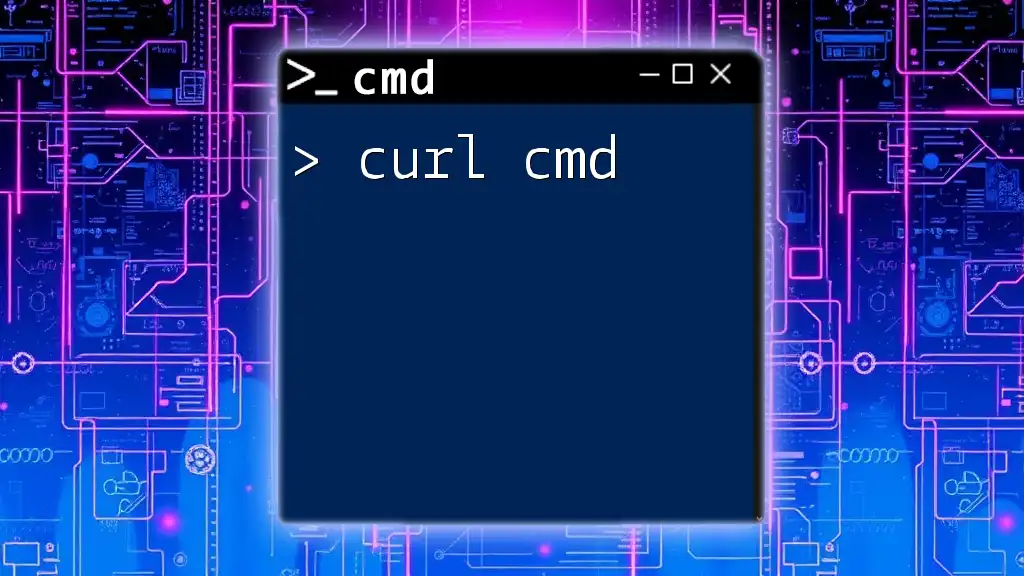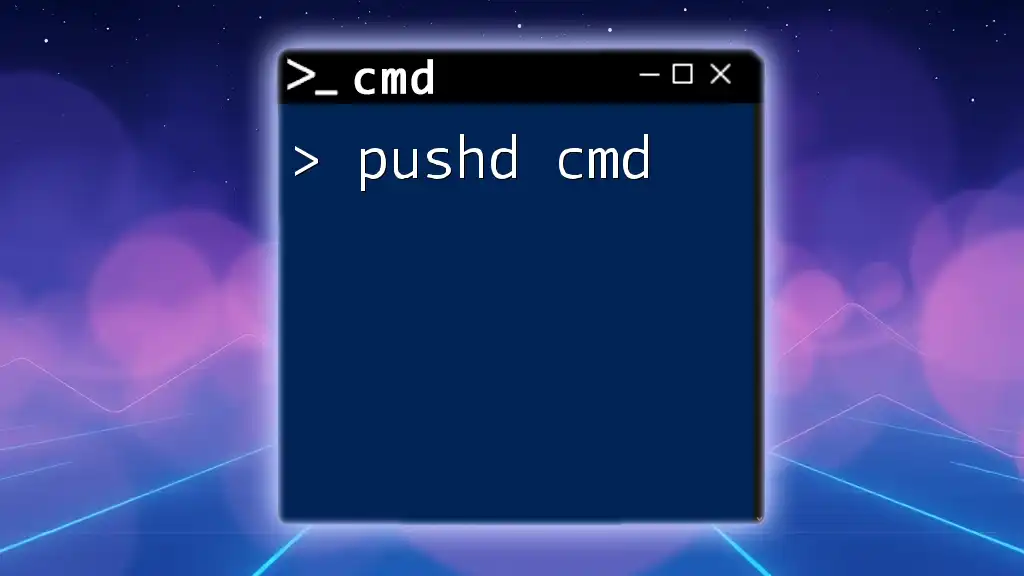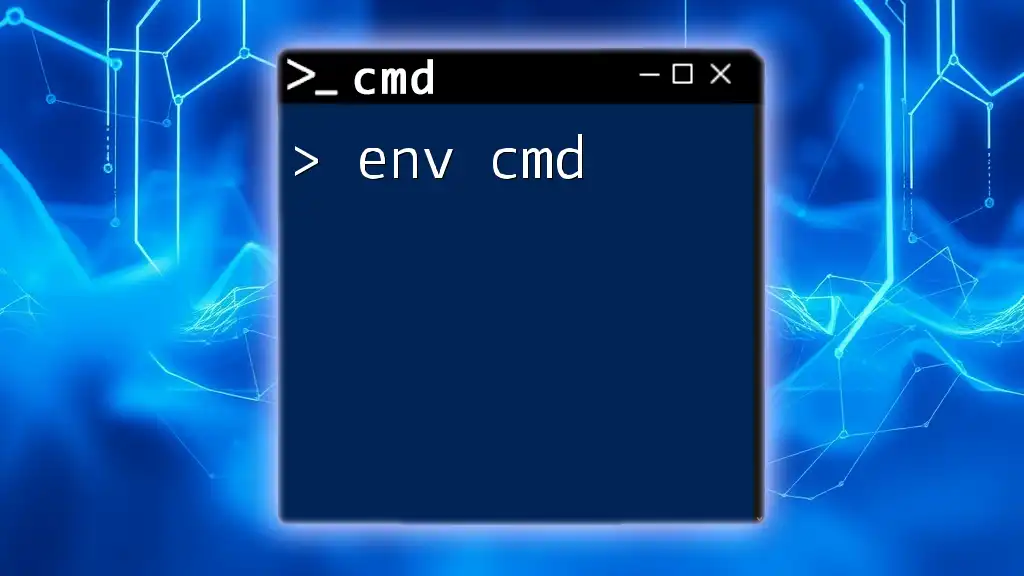Ubuntu Command Line (cmd) refers to the terminal interface in the Ubuntu operating system, allowing users to execute commands for file management, system operations, and more, efficiently through textual input.
Here's an example of a simple command to list all files and directories in the current directory:
ls -la
Understanding the Basics of Ubuntu CMD
What is the Command Line?
The command line, also known as the command-line interface (CLI), is a text-based interface used to operate software and operating systems. Unlike a graphical user interface (GUI), where users interact with graphical elements like buttons and windows, the command line requires users to type commands to perform tasks.
The CLI can be a more efficient and powerful way to interact with your operating system, especially for complex tasks. Learning how to use it will significantly enhance your experience and productivity on Ubuntu.
Accessing the Command Line in Ubuntu
To use Ubuntu CMD, you first need to open the terminal, which serves as the main interface for entering commands.
- Opening the Terminal: You can easily access the terminal by pressing `Ctrl + Alt + T` on your keyboard. Alternatively, you can search for "Terminal" in the applications menu.
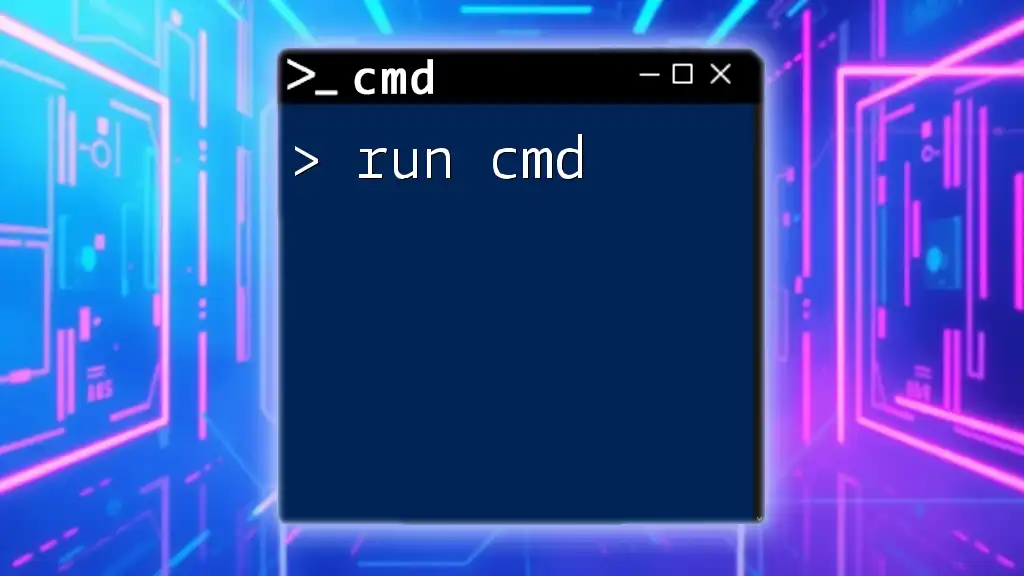
Basic Ubuntu CMD Commands
Navigating the File System
Understanding how to navigate the file system is crucial for effective use of the command line.
pwd
This command stands for "print working directory" and displays the current directory you are in. It helps you understand your file system location without visual cues.
pwd
ls
The `ls` command lists the contents of a directory. It’s an essential command for viewing files and folders within your current directory. Adding options like `-l` provides additional information such as file permissions, owner, size, and modification date.
ls -l
cd
The `cd` command allows you to change the current directory. You can move into any folder by specifying its path. To go back to the home directory, simply type `cd` without any arguments, or use `cd ..` to move up one level in the directory hierarchy.
cd /home/username/Documents
Managing Files and Directories
Managing files and directories is another core aspect of using Ubuntu CMD.
mkdir
This command is used to create a new directory. Understanding where to place your new directories can help in organizing your projects efficiently.
mkdir new_folder
rm
The `rm` command removes files or directories from your system. Use it cautiously, as files deleted with this command typically cannot be recovered. To remove a directory and its contents, use the `-r` option.
rm file.txt
rm -r old_folder/
cp
The `cp` command copies files or directories. It's essential for creating backups or duplicating files without altering the original. Specify the source file followed by the destination.
cp source.txt destination.txt
mv
Use the `mv` command to move or rename files and directories. This command is handy when reorganizing your files.
mv oldname.txt newname.txt
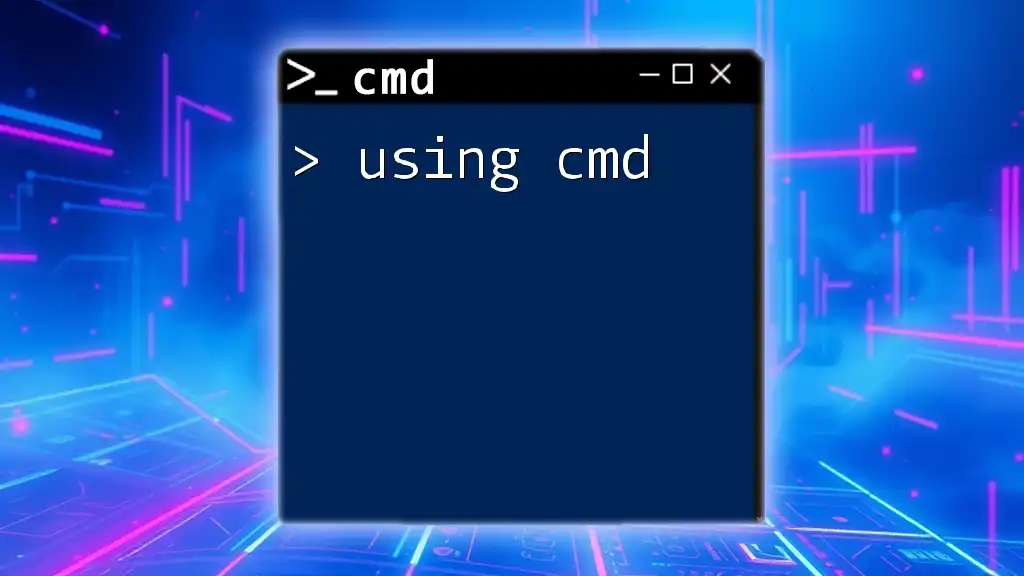
Advanced Ubuntu CMD Commands
Text Manipulation
Understanding how to manipulate text files is crucial for developers and system administrators.
cat
The `cat` command concatenates and displays the content of files in the terminal. It's useful for quickly viewing the contents of a file without opening a text editor.
cat file.txt
grep
The `grep` command searches for a specific string within files. It's invaluable when working with log files or when you need to find particular information within text.
grep "search_term" file.txt
System Information Commands
Monitoring and understanding system performance can be done easily using the following commands.
top
This command displays real-time information about the processes running on your system, including resource usage statistics. It allows you to identify which processes are consuming the most resources.
df
The `df` command shows disk space usage for all mounted filesystems. Using the `-h` option will display the sizes in a human-readable format (e.g., MB, GB).
df -h
uname
Use this command to display system information such as the kernel version, machine hardware name, and more, helping you understand the capabilities of your system.
uname -a
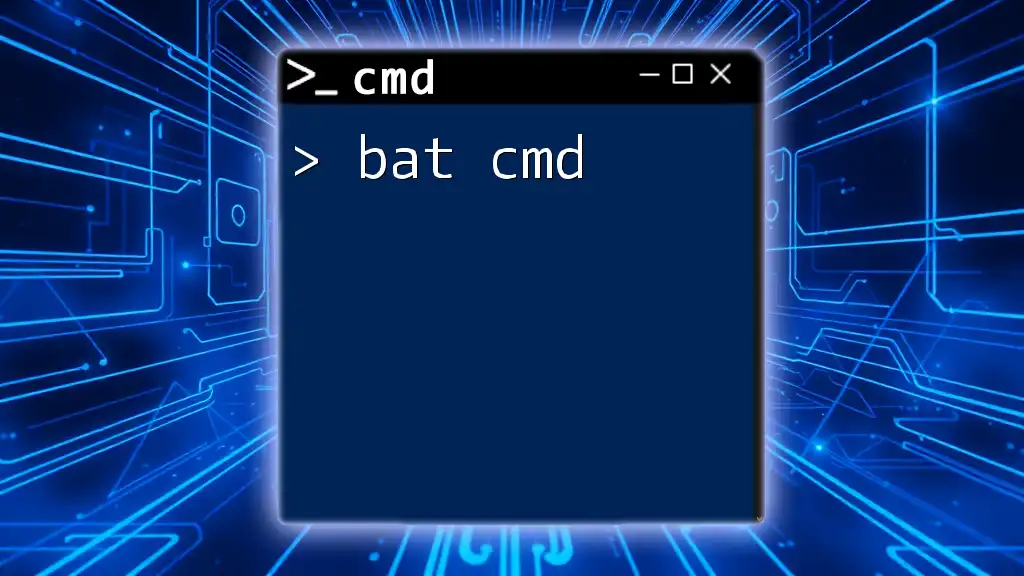
Text Editors in Ubuntu CMD
nano
What is nano?
Nano is a straightforward text editor for command line users. It is ideal for beginners due to its simplicity.
Basic Commands in Nano
You can open a file for editing with the following command:
nano filename.txt
To save changes, press `Ctrl + O` and then Enter. To exit nano, press `Ctrl + X`.
vim
What is vim?
Vim is a more advanced text editor that provides powerful functionalities for text manipulation. It has a steeper learning curve but offers more capabilities once mastered.
Basic Commands in Vim
To open a file in vim, use:
vim filename.txt
To enter edit mode, press `i`. Once you've made changes, to save and exit, type `:wq` and press Enter.
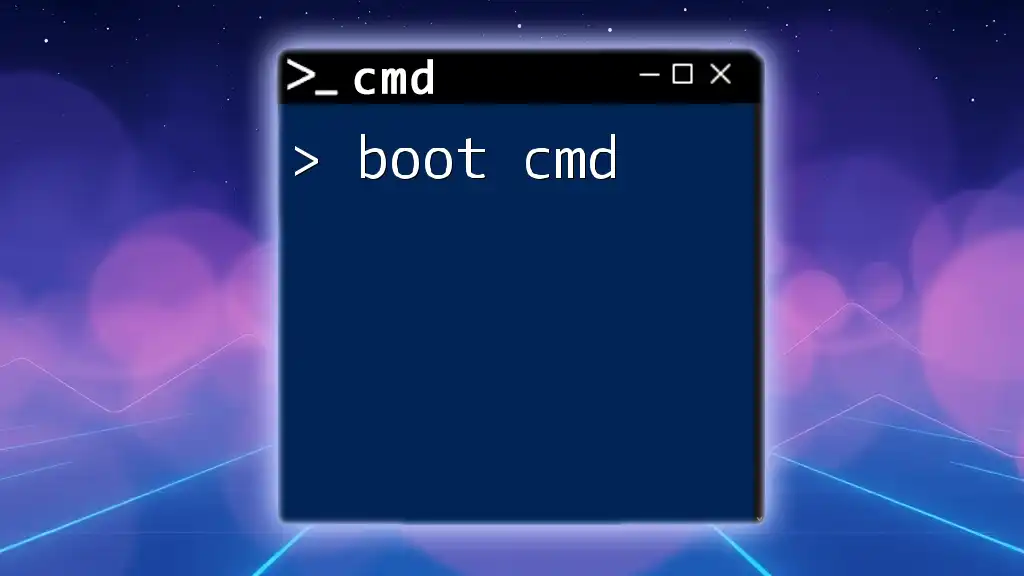
Package Management in Ubuntu CMD
apt-get
What is apt-get?
The `apt-get` command is a package management tool for handling packages in Ubuntu. It enables you to install, upgrade, and remove software efficiently.
Basic Commands with apt-get
To update your package list to the latest versions available in the repositories:
sudo apt-get update
To install a new package, use:
sudo apt-get install package_name
And if you need to remove a package:
sudo apt-get remove package_name
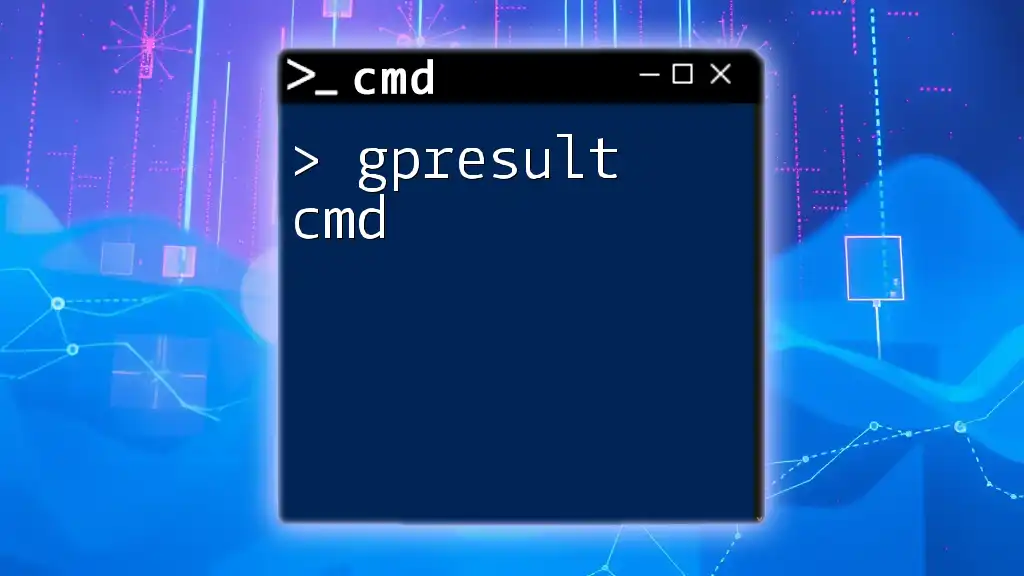
Shell Scripting Basics
What is Shell Scripting?
Shell scripting is a way to automate tasks by scripting commands that would typically be typed into the terminal. Scripting can save time and help execute complex sequences of commands reliably.
Writing a Simple Script
To create a new shell script file, you can use nano or vim:
nano my_script.sh
Here’s an example of a simple shell script:
#!/bin/bash
echo "Hello, World!"
Make the script executable by running:
chmod +x my_script.sh
Running a Script
To execute your script, simply type:
./my_script.sh

Conclusion
This comprehensive guide to Ubuntu CMD covers foundational commands, file management, advanced techniques, text editing, package management, and basic shell scripting. Mastering these skills will enable you to operate your Ubuntu system more efficiently and effectively. For further learning, consider diving into community forums, online resources, and books, as these can provide valuable continuing education for your command line journey.







